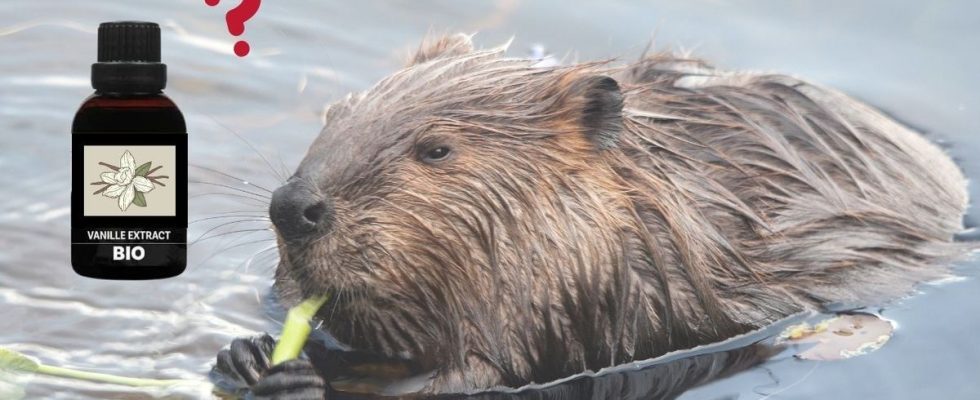After insects in Schokobons, here is an ingredient that may worry many Internet users. On TikTok, a video mentions five foods full of bad additives that we don’t know exist. Among them, the vanilla aroma would come – according to the Internet user – from the rectum of beavers. What is it really and is it dangerous for health? 20 minutes make the point.
FAKE OFF
According to the TikTokeur video, the vanilla flavor contains a very mysterious ingredient: castoreum. Behind this term, hide the secretions from the anal glands of the beaver. If we want to be more specific, these glands are found in the beaver’s cloaca, an organ located not far from its anus. In nature, castoreum is used by the animal to mark its territory… because this yellowish liquid would smell of vanilla. According to the Mavany website, this is explained by the beaver’s diet, which is mainly made up of tree bark.
According to an evaluation of the safety of castoreum as a food ingredient, published by the American college of Toxicology, it is above all a natural product used in perfumery since ancient times and then added to foods as an ingredient. aromatic for more than ninety years. “The Flavor and Extract Manufacturers Association (FEMA) and the Food and Drug Administration (FDA) consider castoreum extract to be generally recognized as safe (GRAS),” the assessment states.
No side effects
Also according to the evaluation, this extract is mainly used in vanilla-based foods, “including alcoholic and non-alcoholic beverages, frozen dairy desserts, candies, baked goods, gelatins and puddings, as well as meat and meat products”.
However, castoreum poses very little risk to our health, concludes the assessment. “The long-standing historical use of castoreum extract as a flavoring and perfuming ingredient has resulted in no reports of adverse effects in humans.”
So be patient before throwing all the ice cream in your fridge: castoreum is used less and less by supermarkets. Not only because the substance is unsavory, but mainly because it is difficult to access. According to an article by National Geographic, published in 2013, gourmets need to anesthetize the animal to then extract the famous secretion. The other technique would be to shoot the beaver, but animal defense associations have already put the kibosh on that. What’s more, the technique is very expensive for its production to finally harvest too small a quantity.
Unpopular in perfume
It’s a safe bet that the product is therefore no longer even used by manufacturers. Requested by 20 minutes, the Vahiné company – a very active player in the dessert sector – responds, for example, that it has never used Castoreum in its vanilla flavors. Today, it is mainly vanillin – an aromatic substance – that is used. In more technical terms, it is a chemically produced aromatic aldehyde… a process that is much cheaper than producing vanilla beans alone and much more accessible than castoreum.
Moreover, while castoreum was also used for centuries in the manufacture of perfume, it is now less and less popular. On the one hand because animal notes have a bad reputation today. “It’s out of fashion”, admits a perfume expert. On the other hand, in order to avoid any animal abuse, the smell is now more synthesized.

